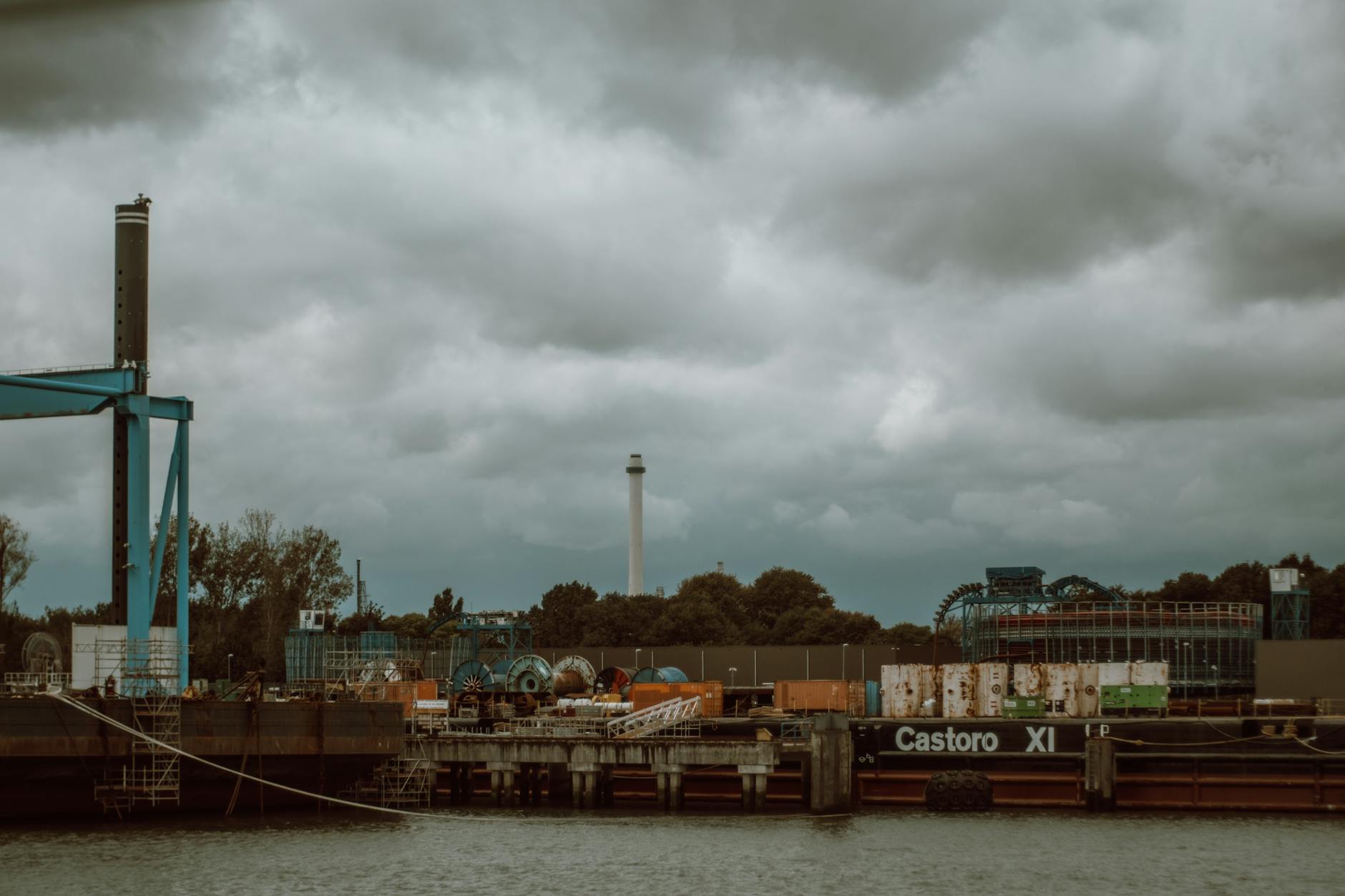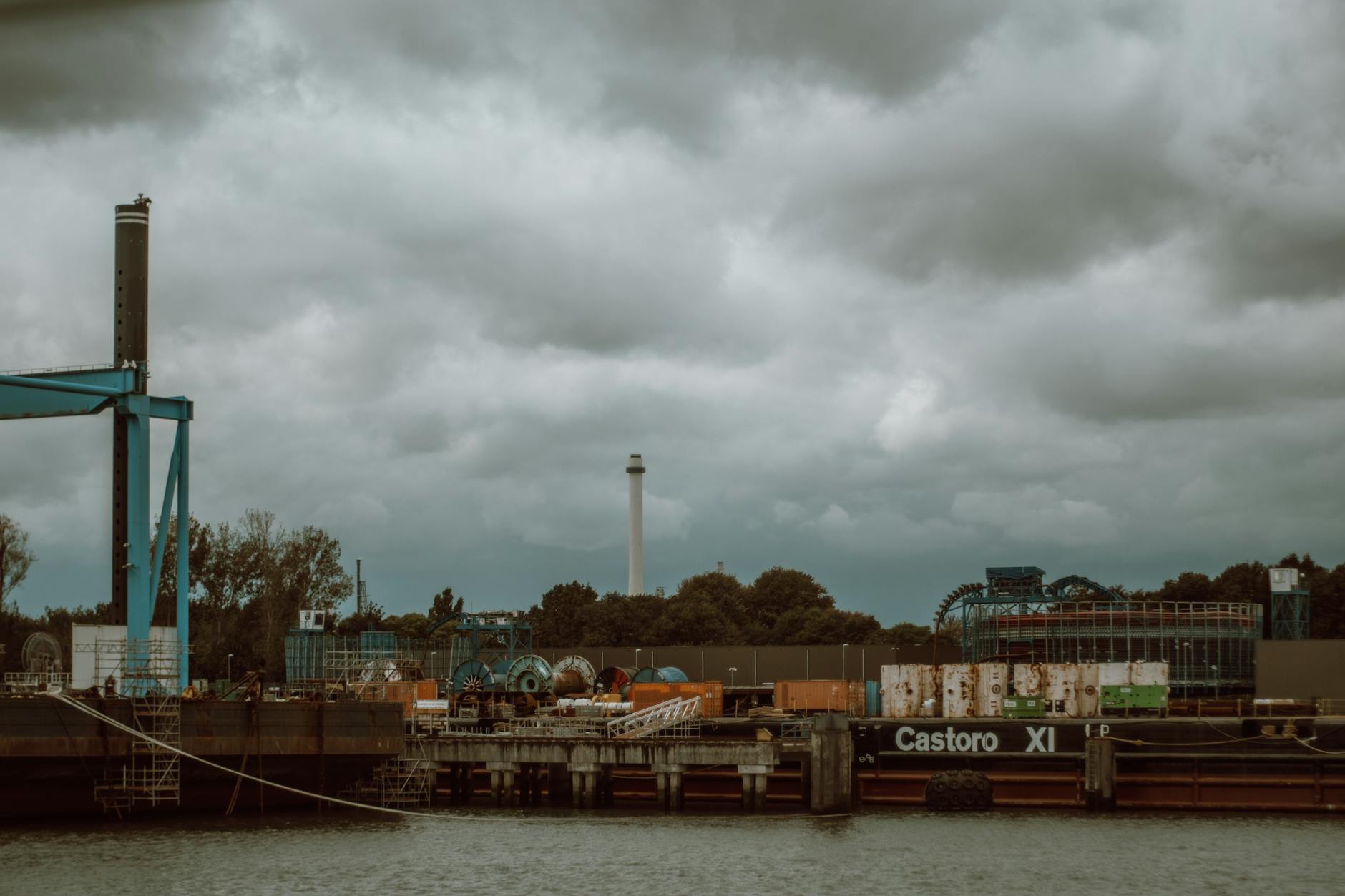- Transforming Disaster Response with Shipping Container Solutions
- The Haiti Earthquake of 2010: A Turning Point in Disaster Relief
- Hurricane Maria in Puerto Rico: Delivering Aid in Challenging Conditions
- Rohingya Refugee Crisis in Bangladesh: Providing Durable Solutions for Displaced Populations
- The Future of Disaster Relief: Maximizing the Potential of Shipping Containers
In times of natural disasters or humanitarian crises, the rapid deployment of aid and relief supplies is crucial to saving lives and assisting affected populations. One innovative solution that has emerged as a game-changer in disaster relief efforts is the use of shipping containers. These versatile structures have been repurposed in ingenious ways to provide shelter, storage, medical facilities, and more in disaster-stricken areas around the world. In this article, we will explore some powerful case studies that showcase the effectiveness and efficiency of disaster relief shipping containers.
Transforming Disaster Response with Shipping Container Solutions
The Haiti Earthquake of 2010: A Turning Point in Disaster Relief
On January 12, 2010, a devastating earthquake struck Haiti, leaving millions homeless and in urgent need of assistance. In the aftermath of the disaster, shipping containers were quickly deployed to provide temporary shelters, medical clinics, and storage facilities. Organizations like ShelterBox and UNICEF utilized these containers to deliver aid directly to affected communities, bypassing logistical challenges and ensuring timely assistance to those in need.
Hurricane Maria in Puerto Rico: Delivering Aid in Challenging Conditions
When Hurricane Maria tore through Puerto Rico in 2017, the island’s infrastructure was severely damaged, hindering traditional relief efforts. Shipping containers proved to be a lifeline in the recovery process, serving as emergency shelters, distribution hubs for supplies, and even as makeshift schools and community centers. These containers were easily transportable and could be set up quickly, providing critical support to communities isolated by the disaster.
Rohingya Refugee Crisis in Bangladesh: Providing Durable Solutions for Displaced Populations
The Rohingya refugee crisis in Bangladesh has been ongoing for years, with hundreds of thousands of people living in overcrowded and squalid conditions in makeshift camps. To address the urgent need for shelter and facilities, organizations like the Red Cross and Doctors Without Borders implemented shipping container solutions. These containers were transformed into housing units, medical clinics, and schools, offering durable and secure spaces for displaced populations to rebuild their lives.
The Future of Disaster Relief: Maximizing the Potential of Shipping Containers
As demonstrated by these compelling case studies, shipping containers are a versatile and effective tool in disaster relief efforts. Their modular nature, durability, and ease of transport make them ideal for rapid deployment in challenging environments. Moving forward, innovative approaches, such as incorporating solar panels for energy, rainwater collection systems, and green roofs, can enhance the sustainability and resilience of shipping container solutions in disaster response.
In conclusion, disaster relief shipping containers have proven to be powerful assets in delivering aid and assistance to communities in crisis. By leveraging their versatility and adaptability, organizations can create sustainable and impactful solutions that address the immediate needs of those affected by disasters. As we continue to face an increasingly unpredictable climate and a growing number of humanitarian crises, the role of shipping containers in disaster relief will only become more vital in saving lives and rebuilding communities.


